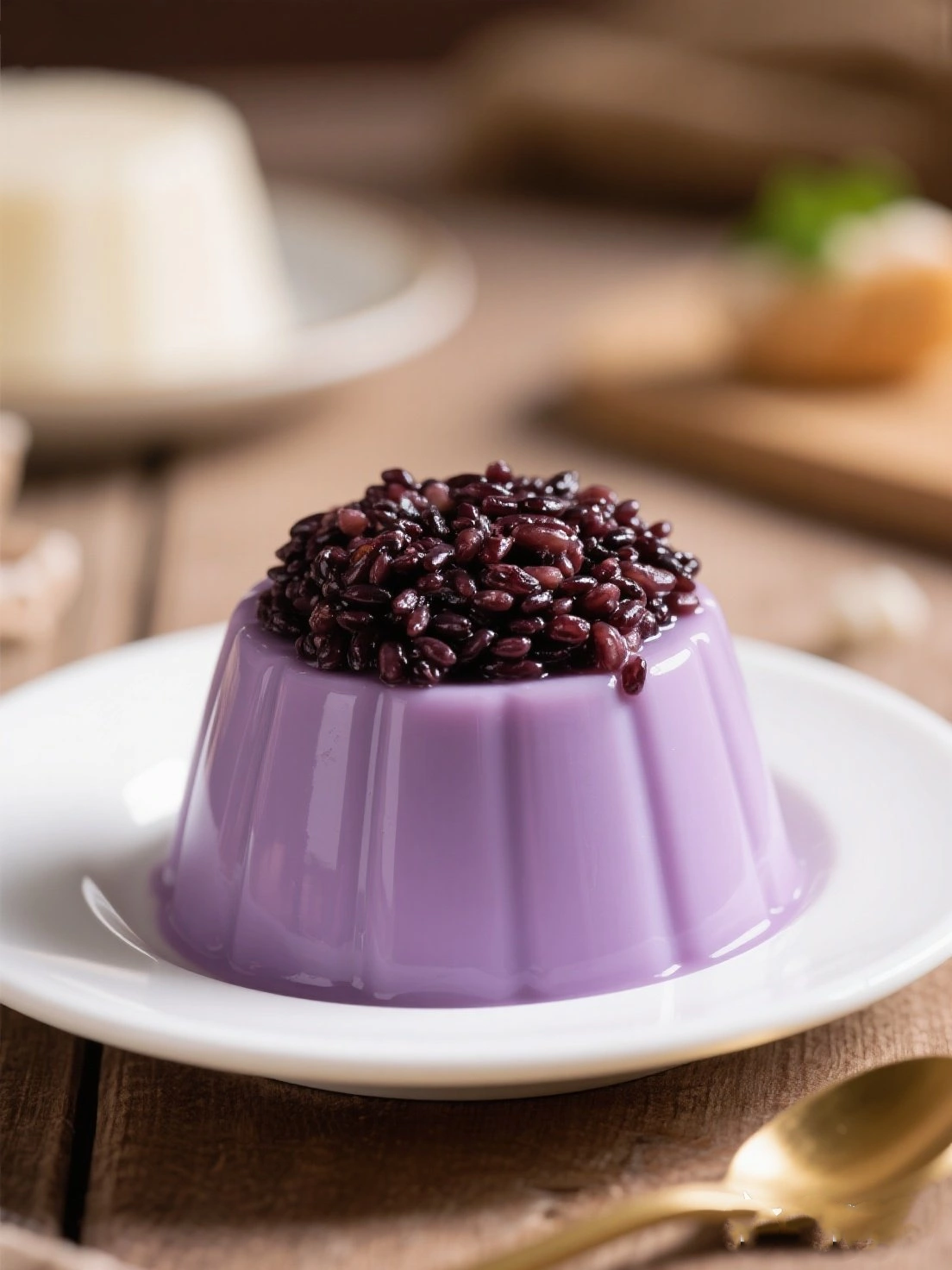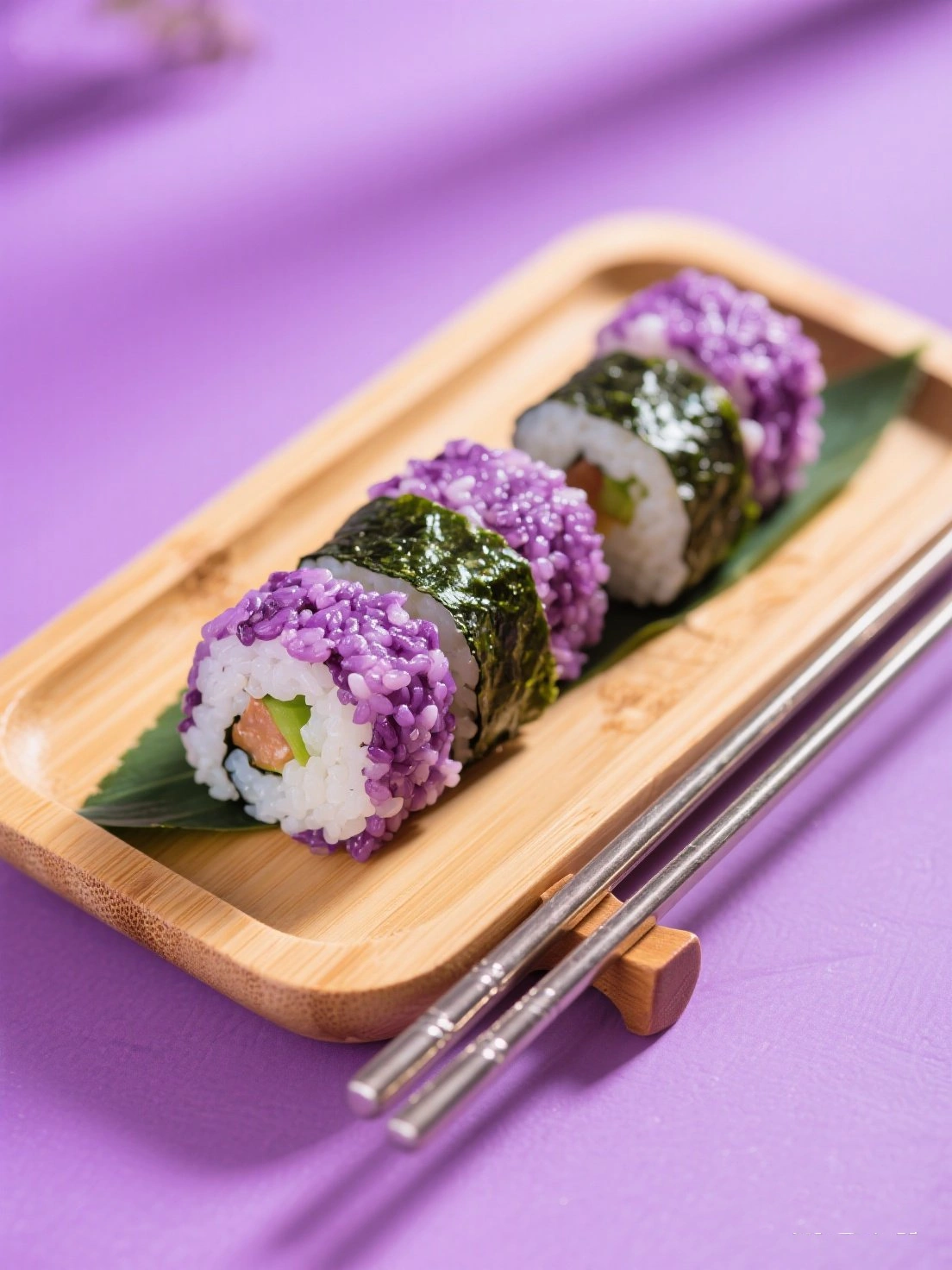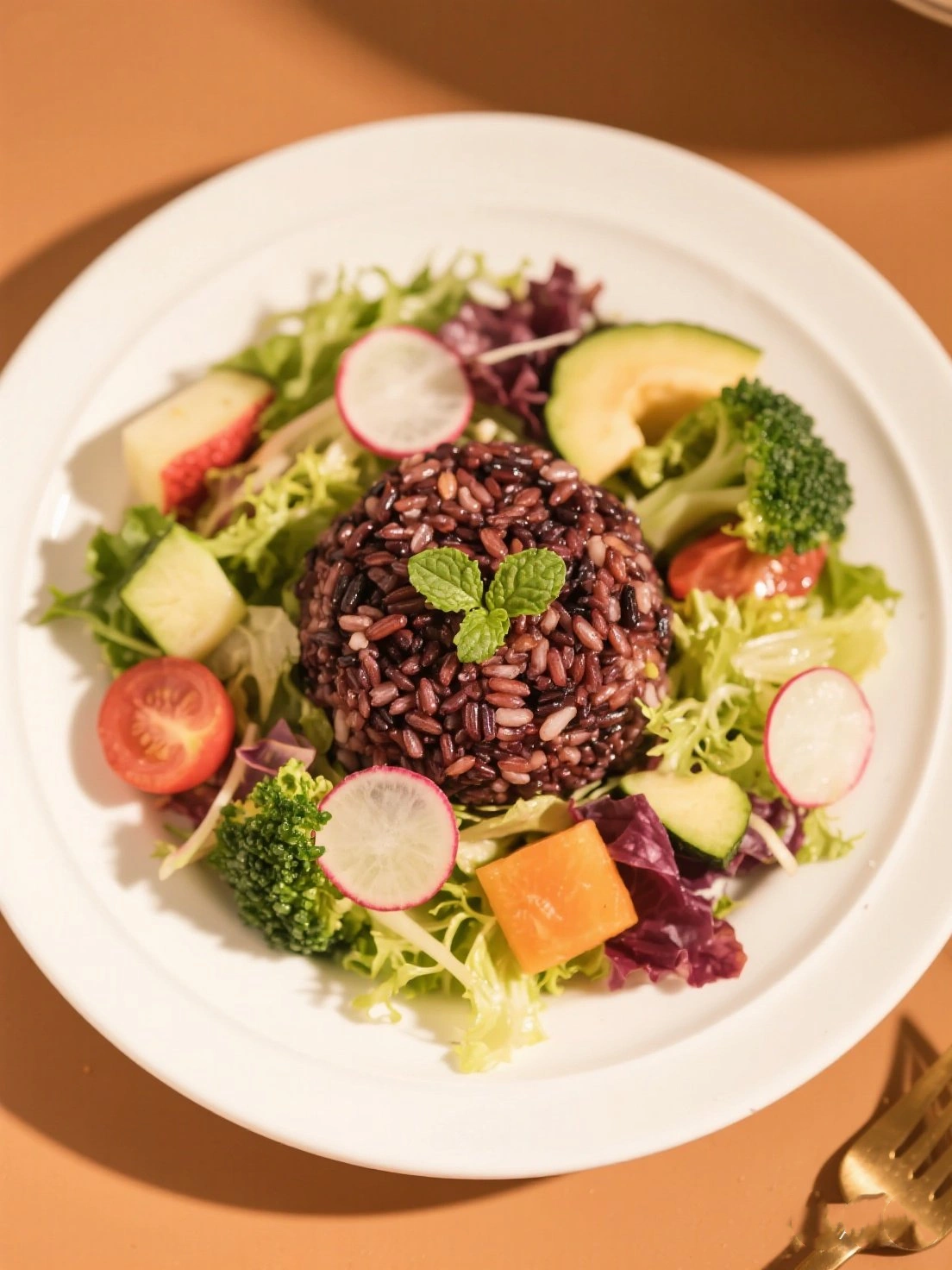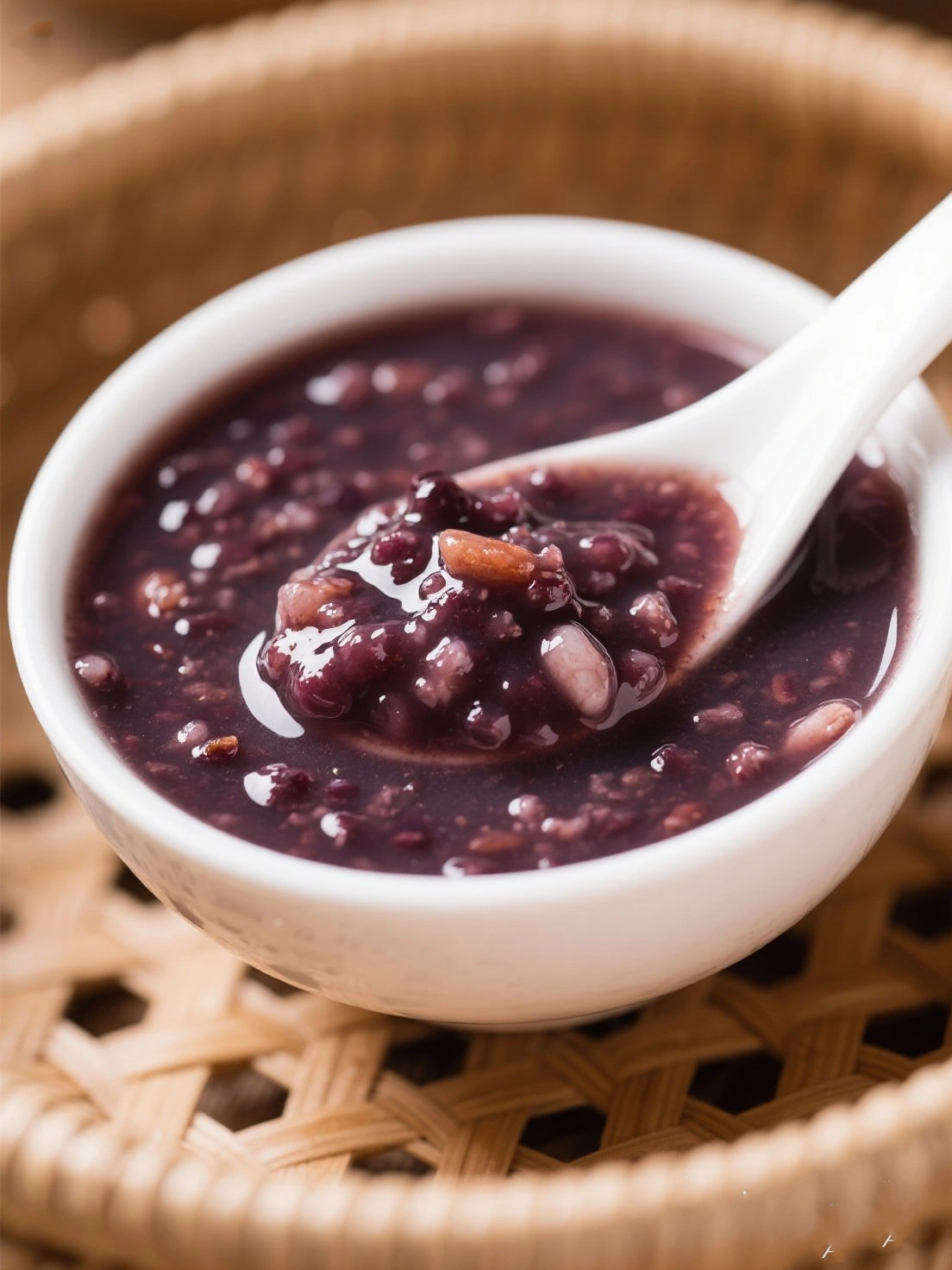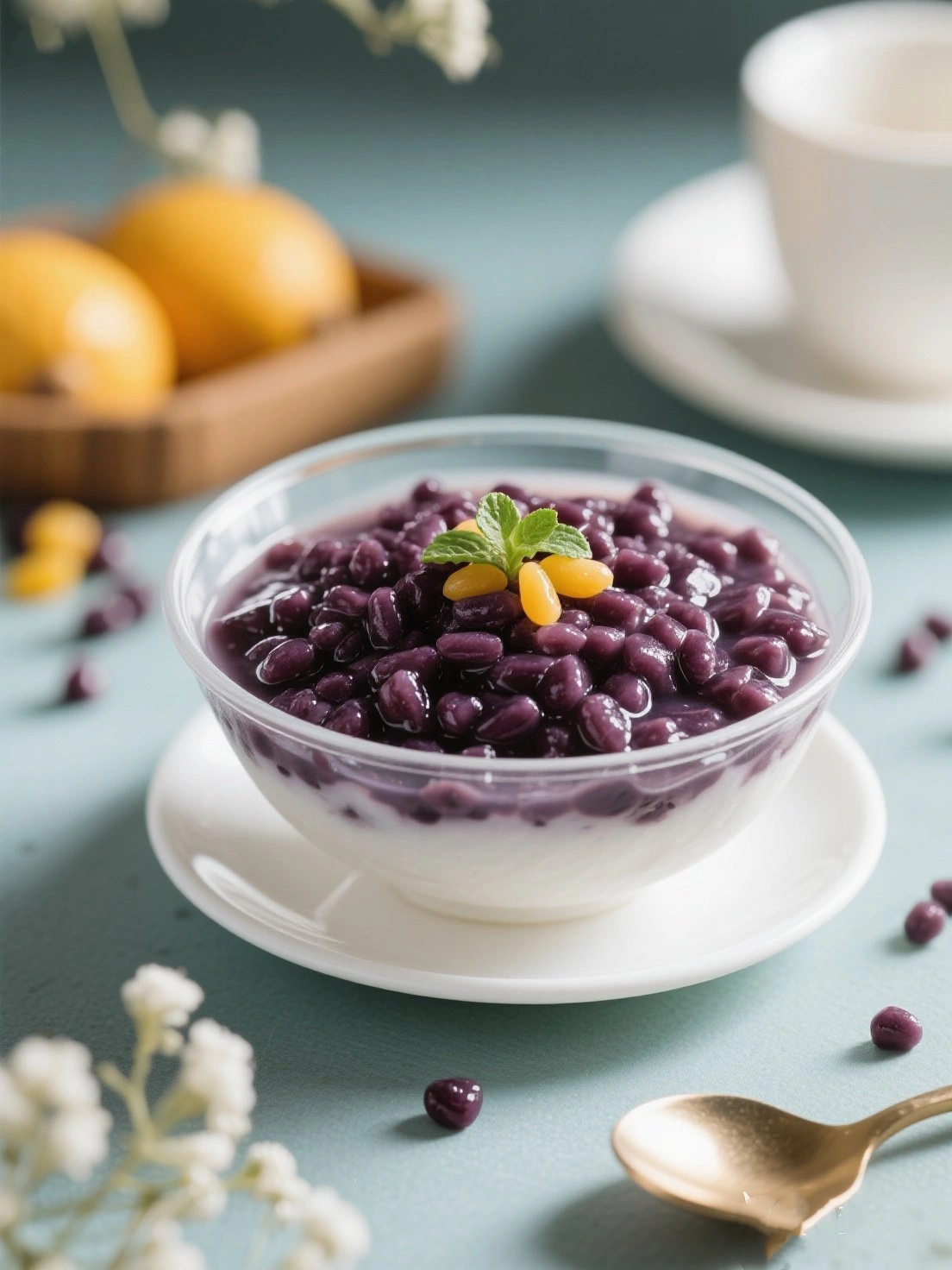Nutritional Value and Health Benefits of Purple Rice
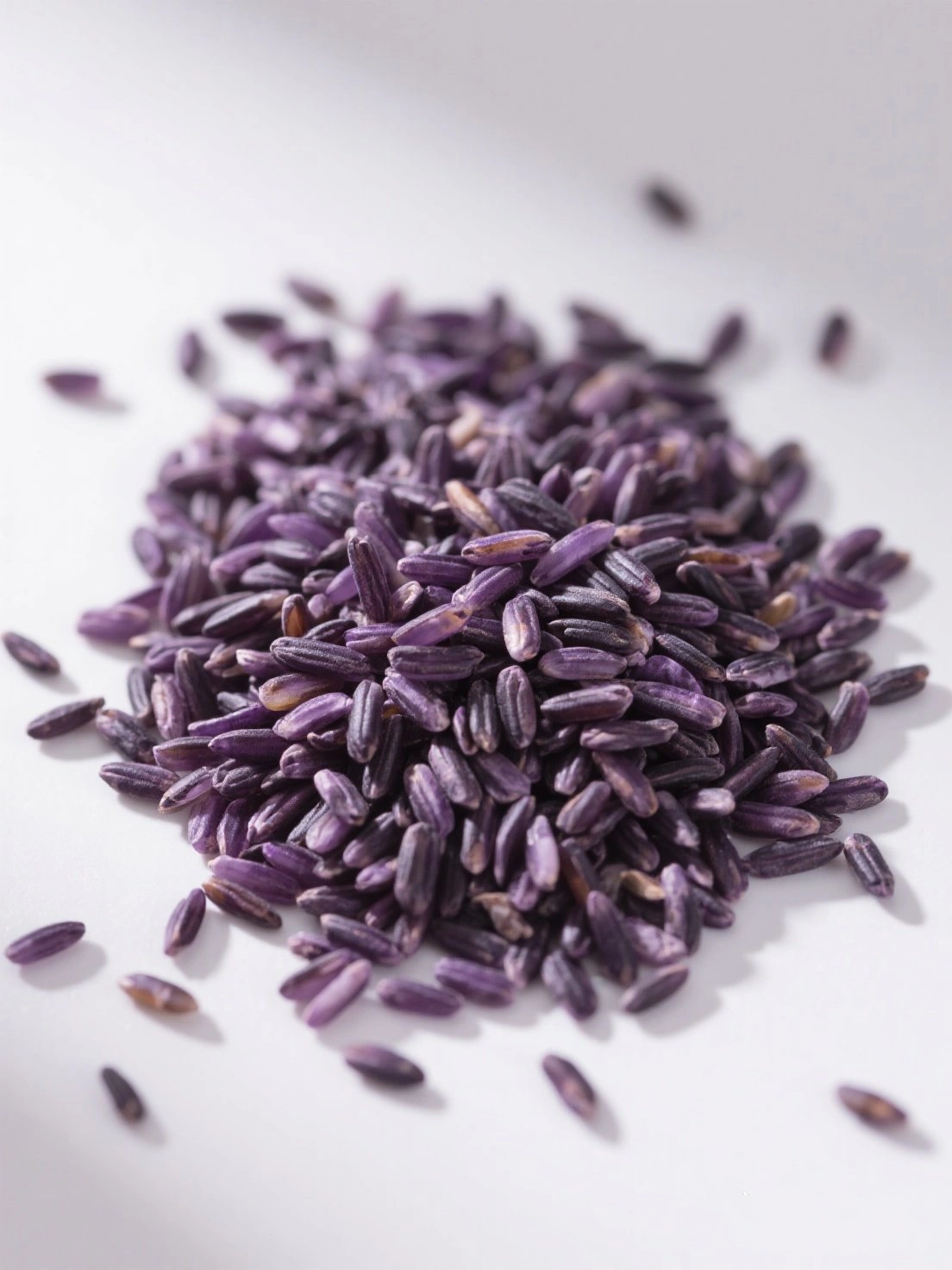
Nutritional Value
- Anthocyanins: Powerful antioxidants that give purple color (higher than blueberries).
- Fiber: Rich in dietary fiber for digestive health.
- Iron: Excellent plant-based iron source.
- Protein: Contains more protein than white rice.
- Vitamins: Good source of vitamin E and B vitamins.
Health Benefits
- ✔ Antioxidant protection: Fights free radicals and reduces inflammation.
- ✔ Heart health: Helps lower cholesterol and blood pressure.
- ✔ Blood sugar control: Lower glycemic index than white rice.
- ✔ Eye health: Contains lutein and zeaxanthin for vision protection.
- ✔ Digestive health: High fiber content promotes gut health.
- ✔ Anti-aging: Anthocyanins may help slow cellular aging.
Tip: Soak purple rice for 30 minutes before cooking to enhance texture and nutrient absorption!
Cultivation and History of Purple Rice
Historical Significance
- Origin: Ancient China (known as "Forbidden Rice")
- Tradition: Reserved for emperors in ancient times
- Cultural importance: Used in ceremonies and festivals
Growing Conditions
- Climate: Thrives in warm, tropical to subtropical regions
- Soil: Prefers clay-loam soils with good water retention
- Water: Requires consistent flooding like other rice varieties
Planting Process
- Timing: Plant when temperatures reach 70°F (21°C) consistently
- Method: Transplant seedlings after 25-30 days in nursery
- Spacing: 6-8 inches apart in rows 12 inches apart
Field Maintenance
- Water management: Maintain 2-4 inches of water in fields
- Fertilization: Organic fertilizers preferred
- Weed control: Manual weeding or careful herbicide use
Pest & Disease Management
- Common issues: Rice blast, stem borers, brown plant hoppers
- Solutions: Resistant varieties, proper field sanitation
Harvesting & Processing
- Time: 120-180 days after planting
- Method: Hand harvesting preserves grain quality
- Processing: Minimal milling to retain nutrient-rich bran layer
Note: Purple rice gets its color from anthocyanins in the bran layer - the darker the color, the higher the antioxidant content!
Summary: Ancient grain → Ideal growing conditions → Careful planting → Maintenance → Protection → Nutrient-rich harvest!
Purple Rice Cultivation Video
See how purple rice is traditionally grown and harvested in Southeast Asia.
Purple Rice Recipes to Enjoy
From traditional Asian dishes to modern fusion cuisine—discover purple rice's versatility.
Purple Rice Recipe Tutorials
Learn how to prepare delicious purple rice dishes from Asian culinary traditions.
